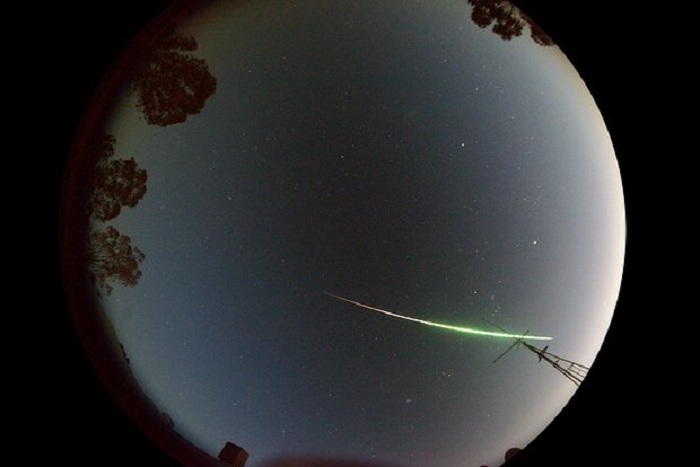It was found less than a week after it landed, thanks to swift reports by members of the public to the network’s Fireballs in the Sky citizen science app.
DFN founder Prof Phil Bland said the fireball was picked up by four of the team’s cameras in Perenjori, Northam, Badgingarra and Hyden, which helped it find where the meteorite hit the ground.
“Our team was able to track the fall line and calculate its landing spot to within 200 metres of where it was subsequently found,” Bland said.
Martin Towner from Curtin’s department of applied geology described the rock as a pristine, unweathered, fresh sample.
Towner said there was no visible impact on the ground where it was found.
Meteorites have decelerated to a free-fall velocity by the time they hit the earth, travelling at the same speed as a rock thrown from a tall building.
Under federal government law, the meteorite belongs to the state and the trustees of the Western Australian Museum will become the custodians.
More about:
















































